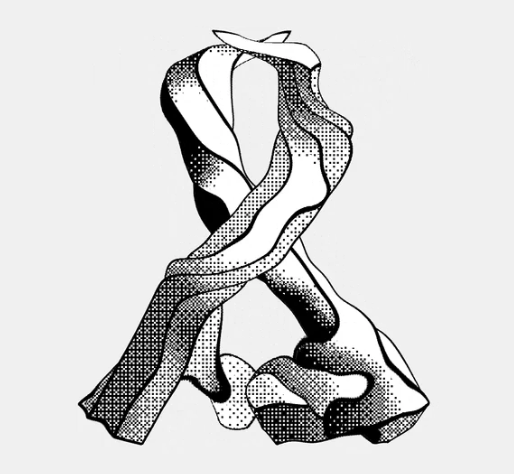For example in a tree, the water is lifted from the high concentration in the soil to the low concentration higher up in the tree. But at the end of that process the water has been elevated, which should take energy (=mgh), but it seems like it kind of gets lifted for free without spending any energy?
Similarly, dipping a paper towel into a bowl of water, the water "climbs" the towel (by capillary action?) and absorbs upwards, meaning the water was lifted upwards (so gained potential energy) seemingly for free?
What you are describing is not osmosis, it is capillary action. Capillary action is caused by the forces between the water molecules and the molecules of the tube overcoming the force of gravity. You can read more here: https://chem.libretexts.org/Bookshelves/Physical_and_Theoretical_Chemistry_Textbook_Maps/Supplemental_Modules_(Physical_and_Theoretical_Chemistry)/Physical_Properties_of_Matter/States_of_Matter/Properties_of_Liquids/Capillary_Action
Briefly, the water molecules are attracted to the molecules of the tube by adhesive force. The liquid molecules are also attracted to each other by cohesive force. The interplay of these forces causes capillary action.
However, it seems that tree sap moves by more than just capillary action. If you scroll down part way in this book they talk about it a bit: https://pressbooks.online.ucf.edu/phy2053bc/chapter/cohesion-and-adhesion-in-liquids-surface-tension-and-capillary-action/
So is it ultimately down to electromagnetic attraction on the microscopic scale?
Generally, yes, but in the case of trees there is also negative pressure (vacuum) exerted from transpiration when water leaves the top of the tree and "pulls" other water up behind it.
Not sure but I think because water sticks to surfaces and pulls on other water molecules. I think this is what the capillary effect is based upon. Thus also (partly) how trees get their water upwards, and how sponges absorb water
Speaking only in terms of energy:
Molecules attract (adhesive and cohesive) causing capillary rise. Actually pottential energy due to that force is reduced converted to kinetic energy of motion which then gets converted into the gravitational potential energy mgh.
Now capillary rise won't happen endlessly. It stops at a certain point where it cannot pull more water.
You could evaporate this water so that more water would flow up(also works in trees, but their mechanism of pulling water is more sphisticated). But now, on evaporating, you are applying more energy to it, which molecules held by adhesive and cohesive forces are puller apart, making it gain more potential energy to pull more water from bottom.
The reason why it rises is to minimise the potential energy and it does not increase energy
I don't remember all of the details, but I thought it was essentially the water's surface tension that foots the energy bill when climbing a paper towel or a capillary in a tree.
The surface of fluids like water are unhappy. Molecules on the surface would much rather be deep in the fluid because on the surface they have "dangling" Van der Waals & polar bonds to one side. You can calculate the potential energy of the surface due to all of those dangling weak bonds, & that's the energy that is used to climb a capillary (the energy isn't free).
I could be misremembering though, I admit. School was many years ago...
I don't know, but given that forces involved are on the molecular level, I suspect those are driven by the kinetic energy of particles in a fluid (i.e. heat) and that there's a very slight cooling going on.


